Photovoltaic Facade of Building CFD Simulation – Experimental Paper Validation
Photovoltaic Facade of Building CFD Simulation – Experimental Paper Validation
- Upon ordering this product, you will be provided with a geometry file, a mesh file, and an in-depth Training Video that offers a step-by-step training on the simulation process.
- For any more inquiries regarding the product, please do not hesitate to reach out to us at info@CFDLAND.com or through our online support assistant.
€210 Original price was: €210.€185Current price is: €185.
In this study, we want to see how sun-powered walls actually work on buildings. This simulation shows you exactly how photovoltaic facades perform in real-world conditions! Building-integrated photovoltaics (or BIPV for short) are solar panels that replace regular walls, and they’re changing how we design energy-efficient buildings. Our guide VALIDATES real experimental data with computer models to show how these solar facades handle heat and generate electricity at the same time. We used advanced CFD simulation to track airflow around these PV facades and see how natural ventilation helps cool the panels for better performance. Photovoltaic building facades are becoming super popular in green building design because they generate clean energy while also looking great. This type of building energy modeling helps architects create better sustainable buildings by understanding the exact thermal behavior of BIPV systems. The ventilated PV facade design we tested shows impressive improvements in both energy efficiency and panel performance compared to traditional installations. Whether you’re planning a solar building, improving PV system efficiency, or studying building physics, this validated simulation gives you reliable insights into how photovoltaic facades really perform! Our reference guide is the study conducted by Gonçalves et al. , published in Applied Energy journal:
- Reference [1]: Gonçalves, Juliana E., Twan van Hooff, and Dirk Saelens. “Simulating building integrated photovoltaic facades: Comparison to experimental data and evaluation of modelling complexity.” Applied Energy281 (2021): 116032.
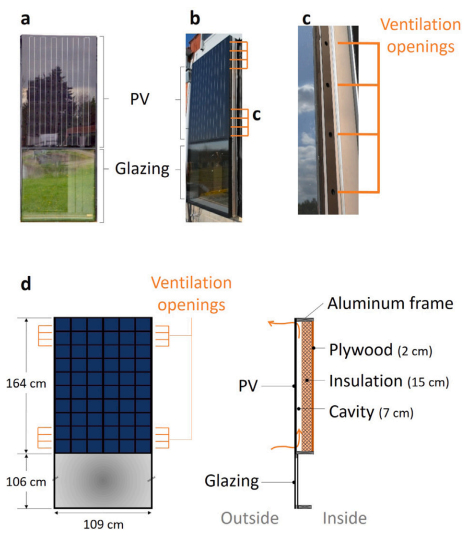
Figure 1: The BIPV-CW element: (a) front picture, (b) side picture, (c) ventilation openings, and (d) front and mid-section schemes of the BIPV-CW element.
Simulation process
For our photovoltaic facade model, we carefully followed the experimental setup described in the validation paper. First, we built an accurate geometry that includes all important parts: the PV panels, air gap behind the panels, insulation layers, and the building wall. We created a structured mesh using ANSYS ICEM CFD with extra refinement near the PV surface and in the air gap where most heating happens. For radiation modeling, we activated the Discrete Ordinates (DO) model to accurately simulate both direct sunlight and diffuse sky radiation hitting the PV facade. We included detailed optical properties for each material: transmission and absorption coefficients for the glass cover, absorption properties for the PV cells, and thermal properties for wood, wool insulation, and building materials. The model accounts for natural convection in the air gap using buoyancy terms in the momentum equations. Solar load was applied based on actual weather data from the reference paper, with proper angles matched to the building location and facade orientation. Our main validation targets were the average temperature of the PV modules (℃) and their power output (W), which we compared directly with experimental measurements.
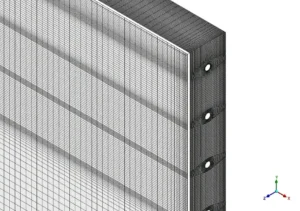
Figure 2: Structured grid generated by ANSYS ICEM for PV façade study
Post-processing
When we compare our results to the experimental data in Table 1, we see our simulation consistently predicts lower PV temperatures and higher power outputs. This makes perfect sense – in the real experiment, dust, microscopic air gaps, or small obstructions might reduce cooling efficiency. Our model assumes ideal air channels with perfectly smooth surfaces. Still, the errors stay within reasonable engineering limits (5-14%), showing our simulation is reliable for design purposes. The most important finding is how the ventilation design significantly boosts PV performance. On May 5th for example, despite a high irradiance of 770 W/m², the panel temperature only reached 60.6°C – much cooler than traditional non-ventilated installations that often exceed 80°C in similar conditions. This temperature reduction directly translates to the 159.7W power output – about 15% more than typical systems would generate at these temperatures. These results clearly show why ventilated PV facades are becoming the go-to solution for modern building-integrated photovoltaics – they combine energy generation with effective thermal management to maximize efficiency.
Table 1: Comparison Between Simulation Results and Experimental Data
| Date | Parameter | Our Simulation | Experiment | Difference |
| May 4 | Module Temp (°C) | 58.8 | 63.0 | -4.2 (7.14%) |
| PV Power (W) | 155.8 | 133.7 | +22.1 (14.18%) | |
| May 5 | Module Temp (°C) | 60.6 | 64.0 | -3.4 (5.57%) |
| PV Power (W) | 159.7 | 138.5 | +21.2 (13.28%) | |
| May 9 | Module Temp (°C) | 57.9 | 65.8 | –7.9 (13.66%) |
| PV Power (W) | 151.8 | 131.8 | +20.0 (13.17%) |
Looking at our temperature streamlines (Figure 1), we can see exactly how air moves inside the ventilated facade. Cool air enters at the bottom (green streamlines around 313K/40°C) and heats up as it rises along the back of the PV panels, creating a strong chimney effect. The hottest air (red streamlines at 334K/61°C) forms swirling patterns near the top outlet as it escapes. This natural cooling is super important – it explains why our simulated PV temperatures stayed 4-8°C cooler than in the reference experiment where airflow might have been more restricted. The clear temperature gradient from bottom to top shows how effective natural ventilation is at removing heat from the PV cells. This cooling directly explains our higher power output numbers – cooler panels are more efficient! Looking at Figure 2, we see the solar irradiation isn’t uniform across the panel. The upper section receives stronger sunlight (2800+ W/m²) while the bottom gets about 2100-2400 W/m². This matches real-world conditions where sun angle changes throughout the day, creating these variations.
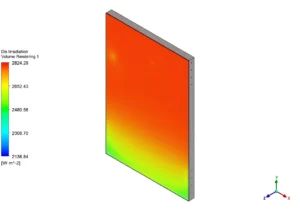
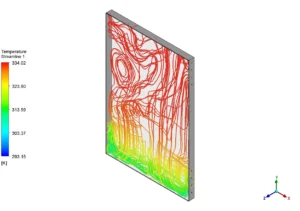
Figure 3: Temperature Streamlines Analysis & Irradiation Distribution
We pride ourselves on presenting unique products at CFDLAND. We stand out for our scientific rigor and validity. Our products are not based on guesswork or theoretical assumptions like many others. Instead, most of our products are validated using experimental or numerical data from valued scientific journals. Even if direct validation isn’t possible, we build our models and assumptions on the latest research, typically using reference articles to approximate reality.
Yes, we’ll be here . If you have trouble loading files, having technical problems, or have any questions about how to use our products, our technical support team is here to help.
You can load geometry and mesh files, as well as case and data files, using any version of ANSYS Fluent.
€175 Original price was: €175.€115Current price is: €115.

€105 Original price was: €105.€85Current price is: €85.

€130 Original price was: €130.€115Current price is: €115.

€160 Original price was: €160.€135Current price is: €135.

€280 Original price was: €280.€145Current price is: €145.

€240 Original price was: €240.€115Current price is: €115.



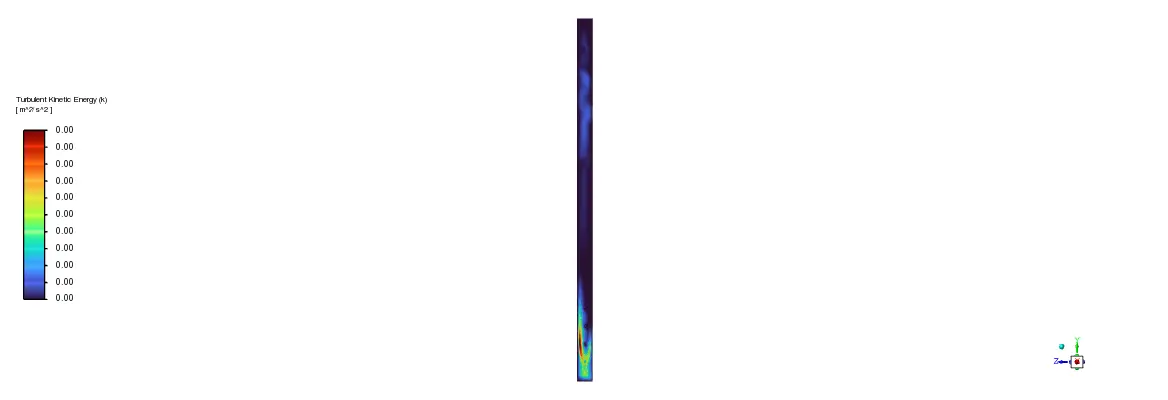
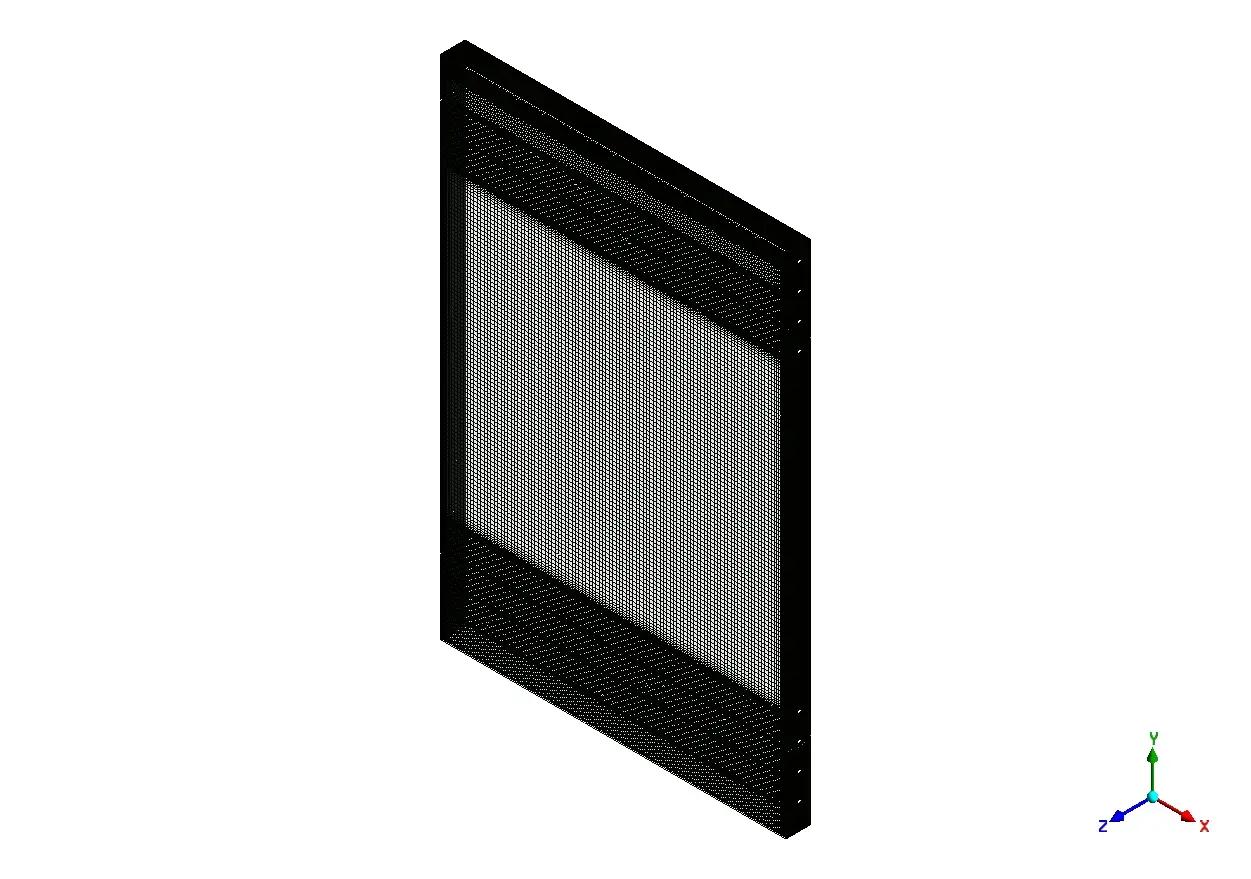
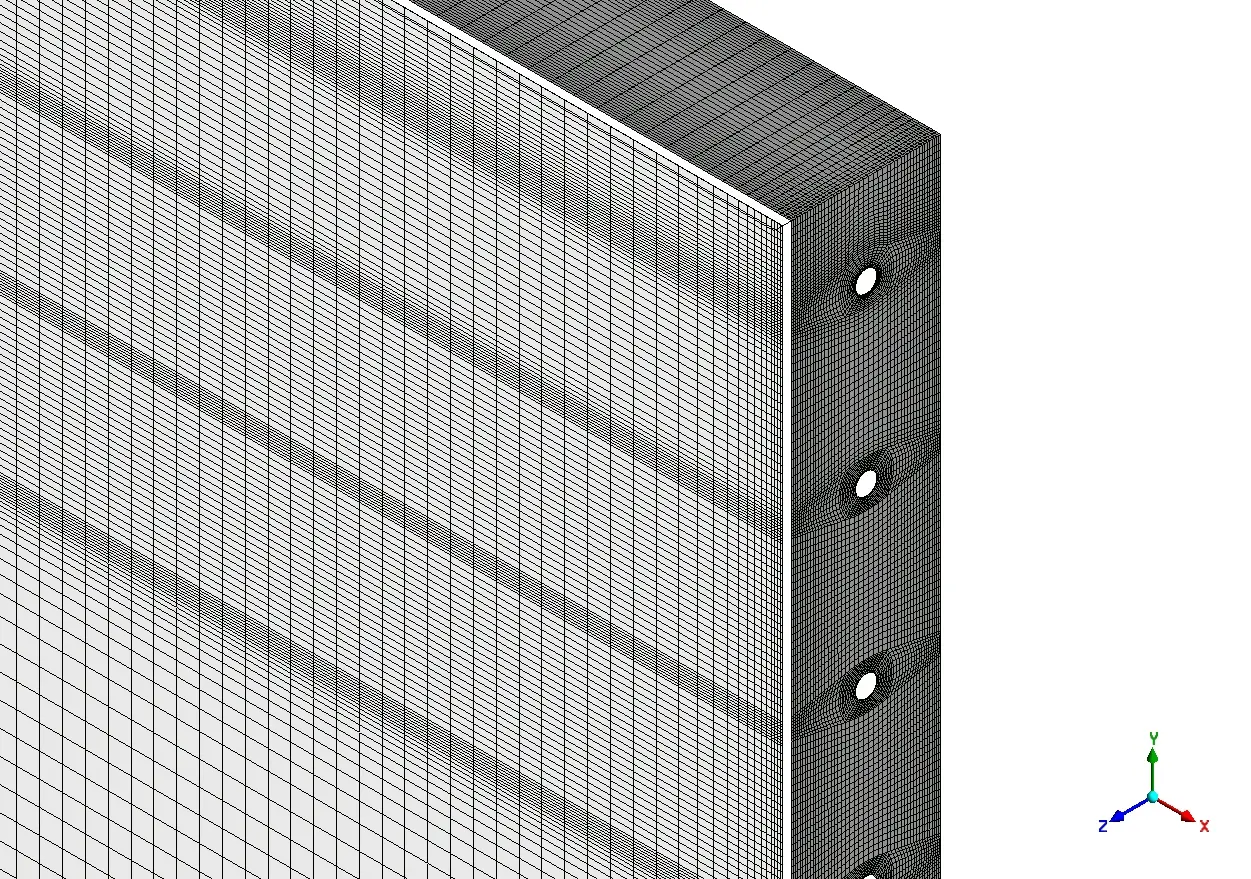
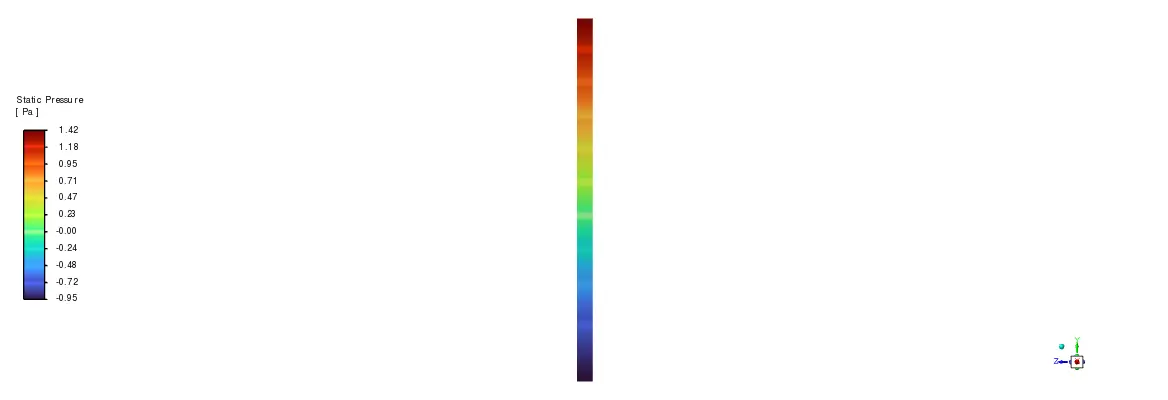
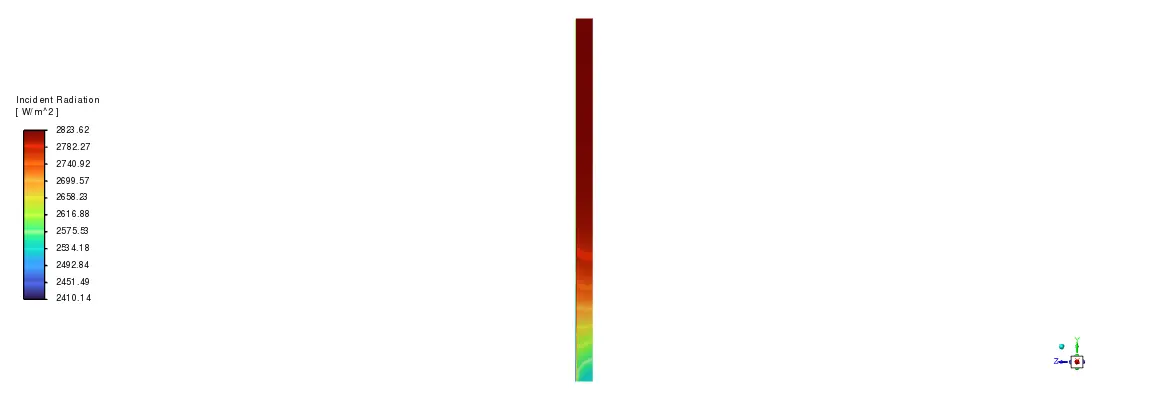
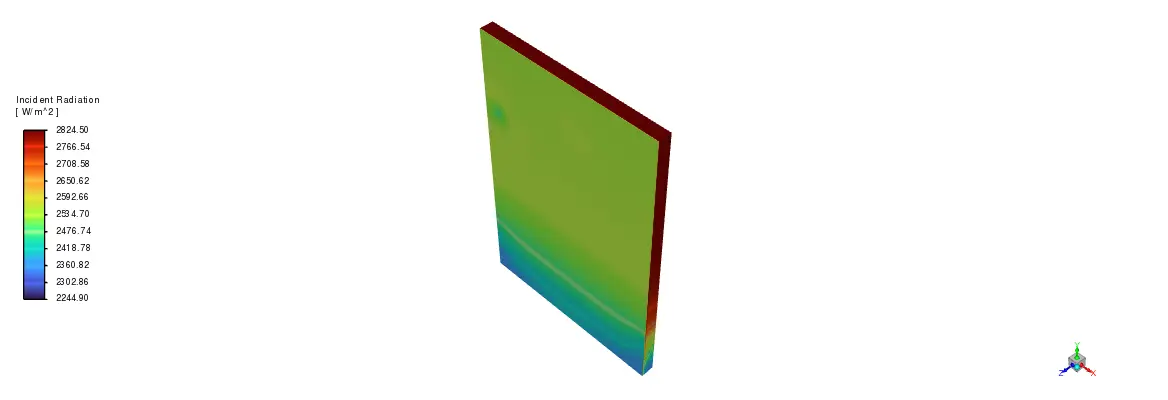
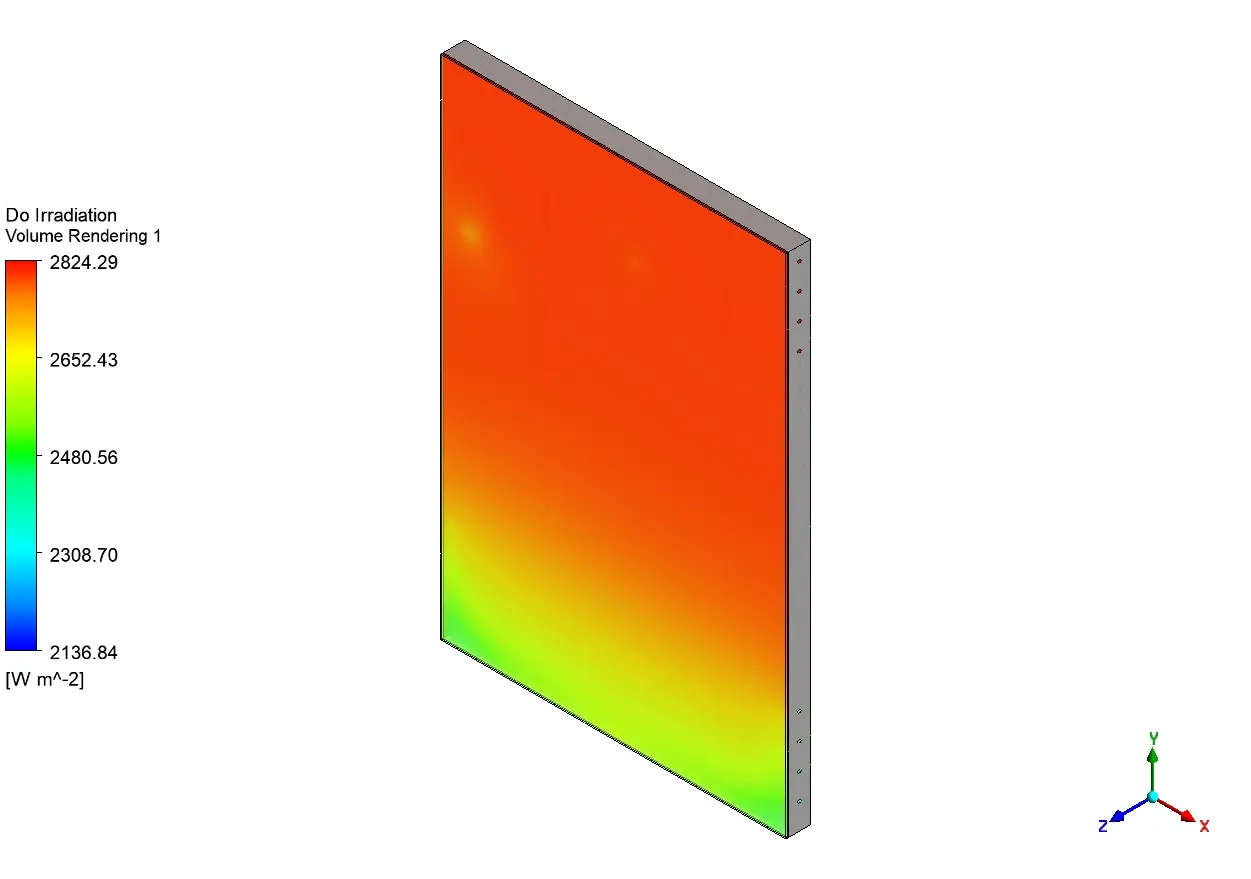
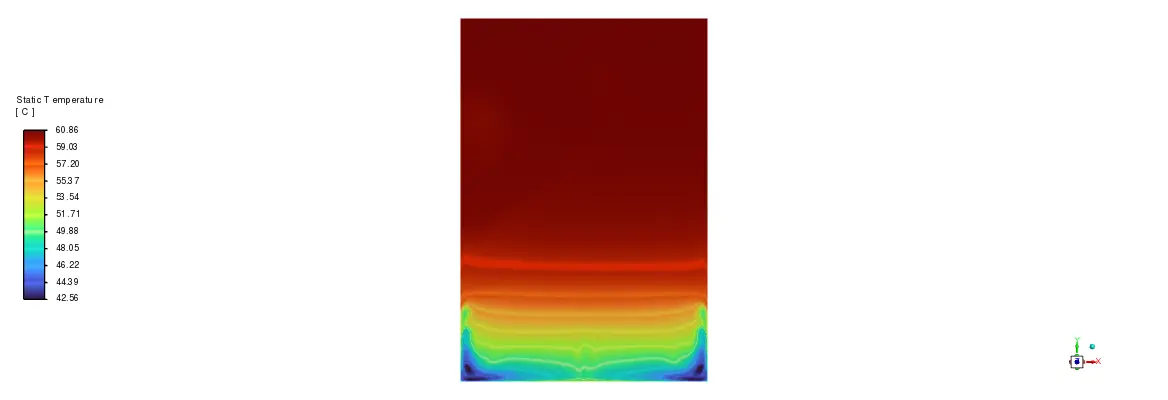
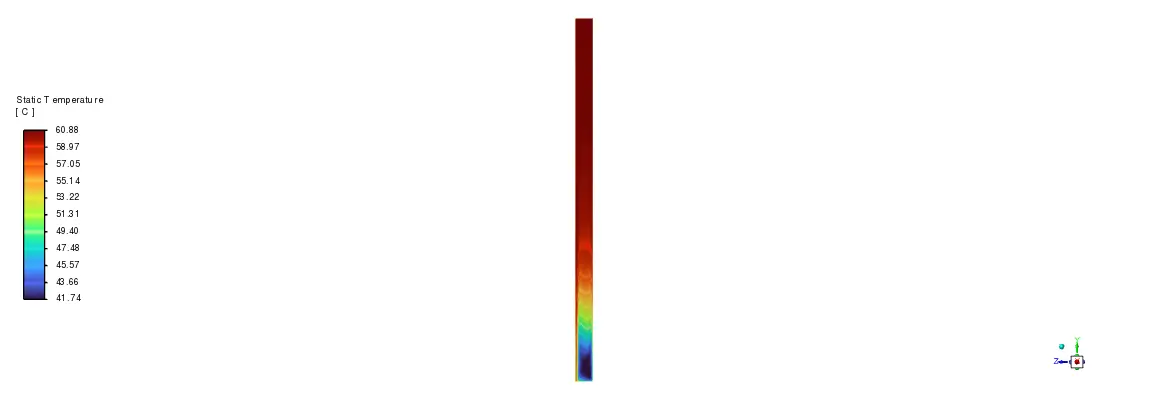
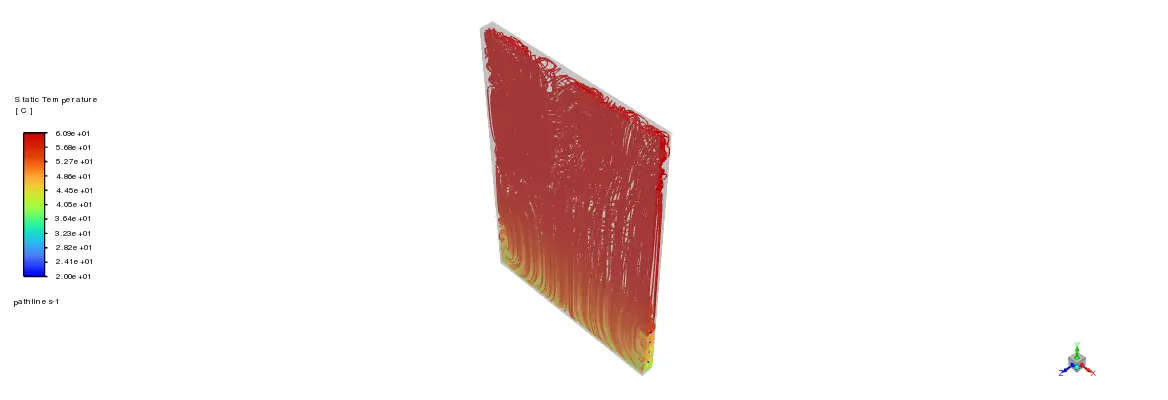
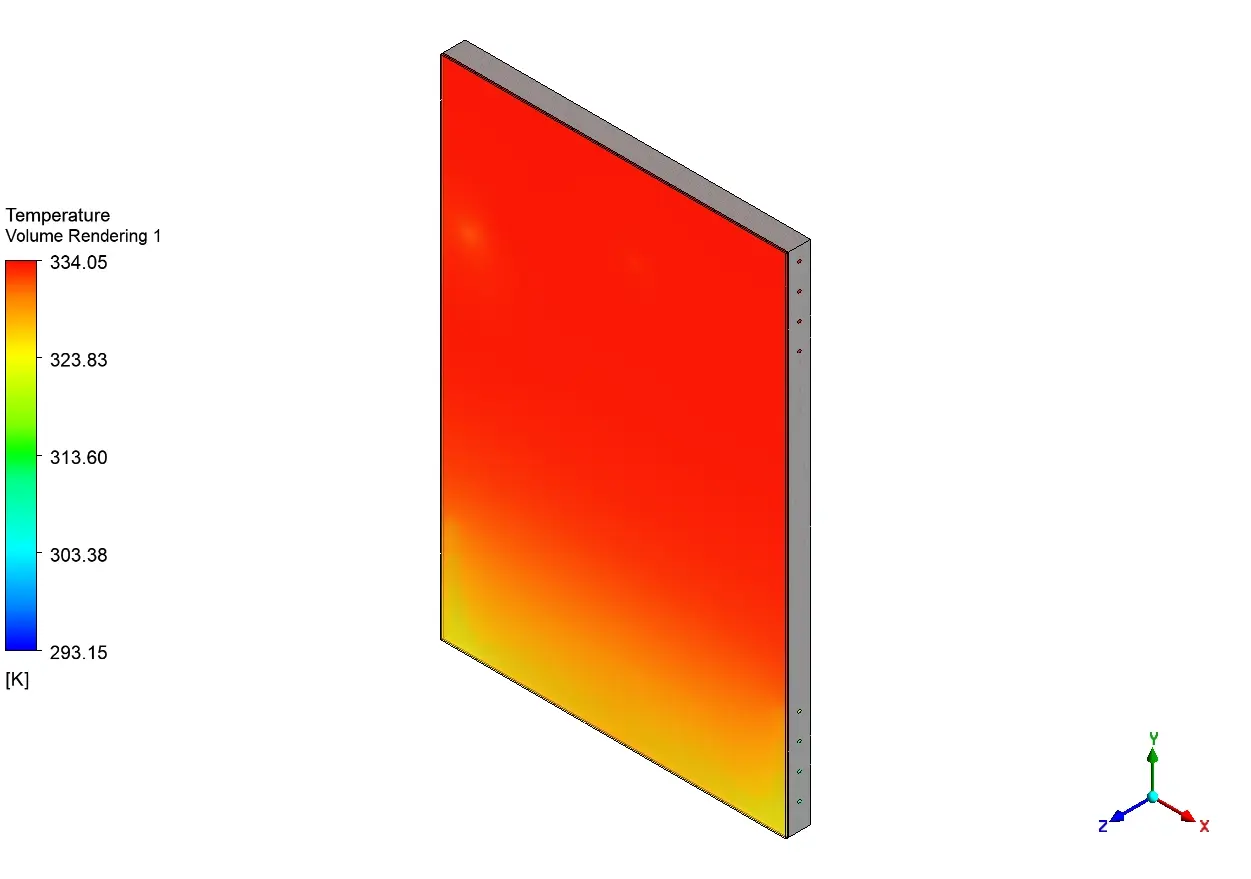
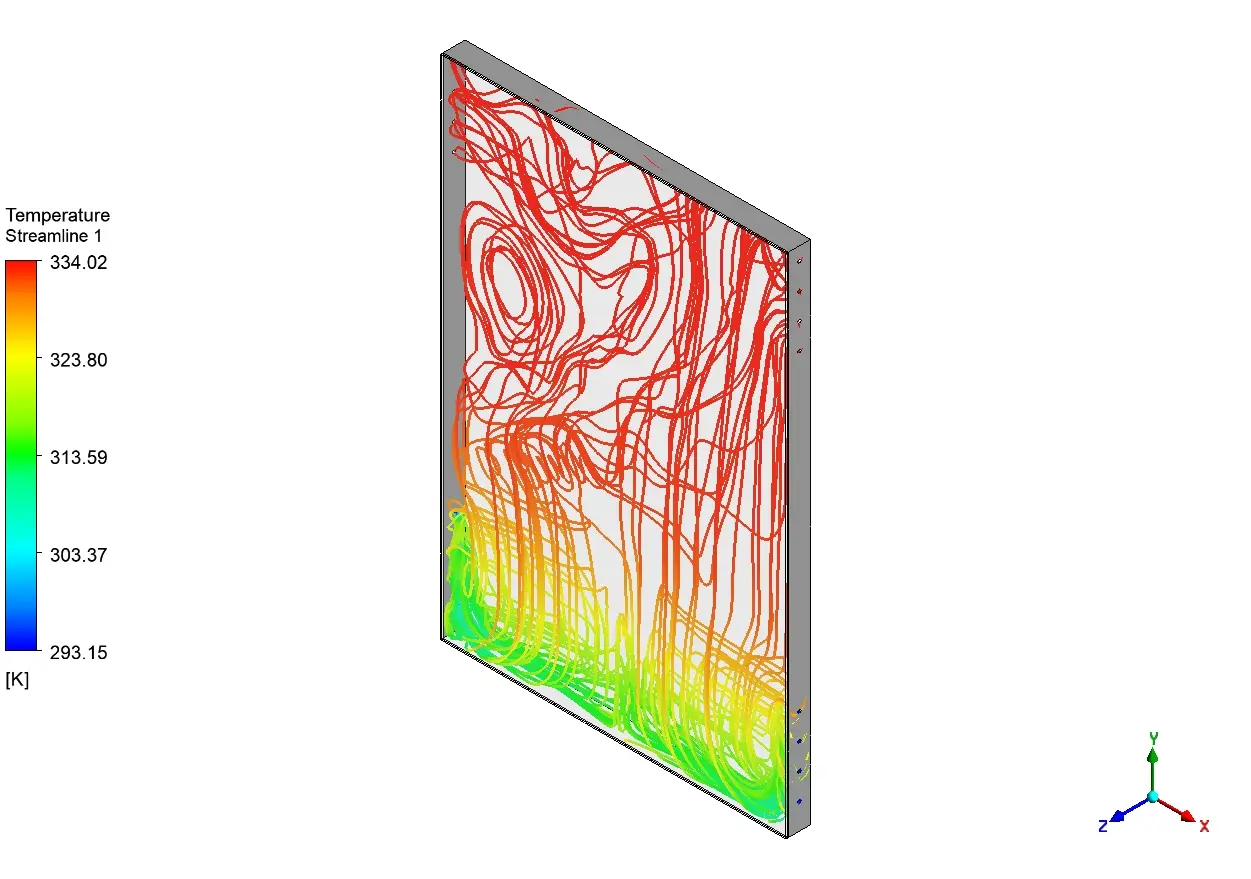
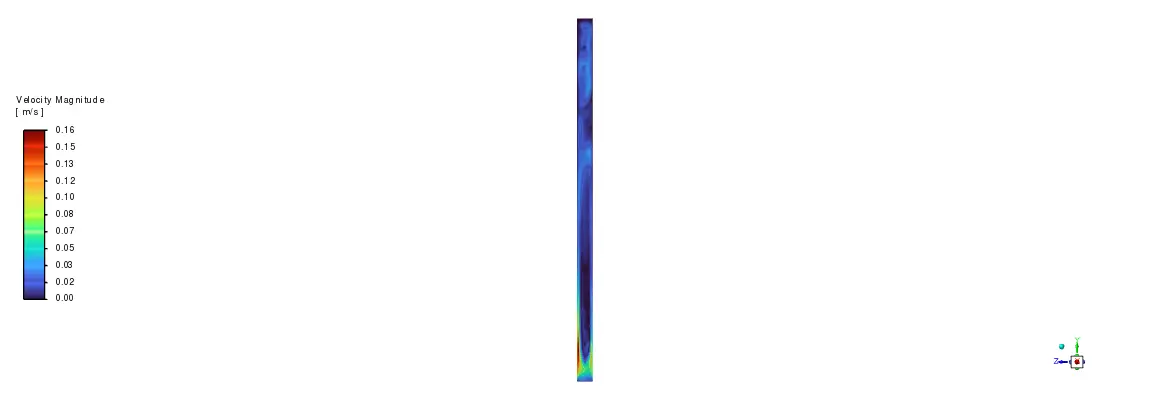






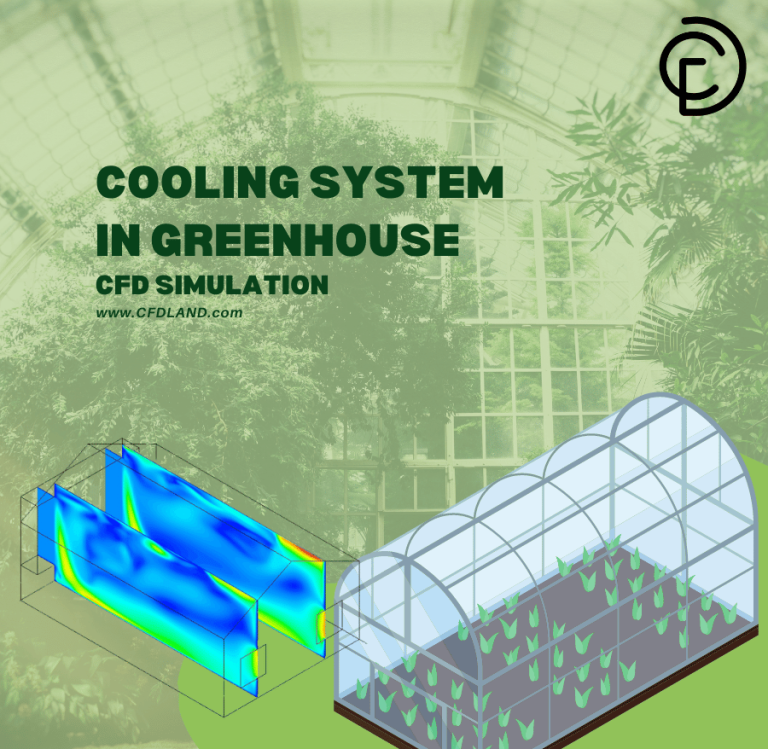
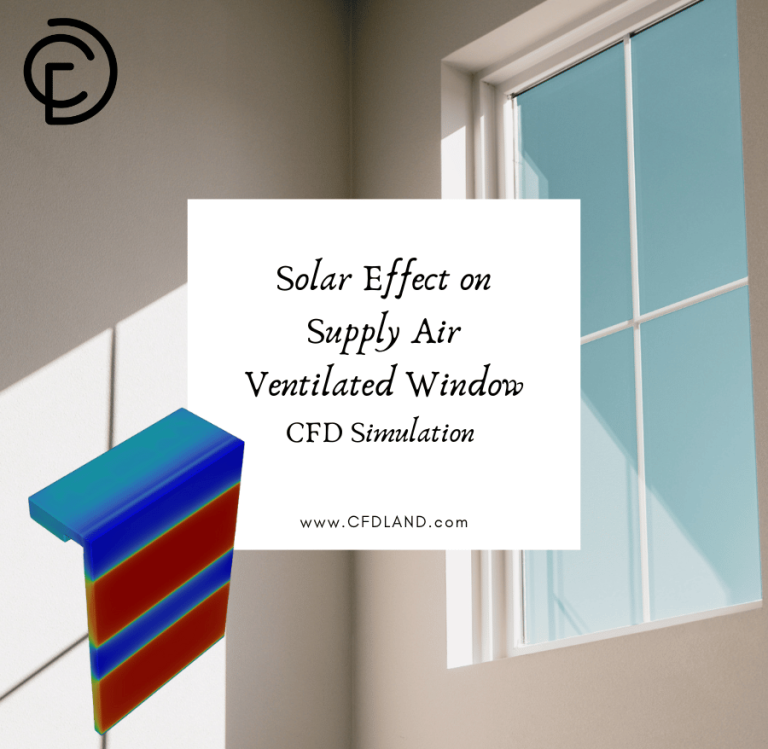
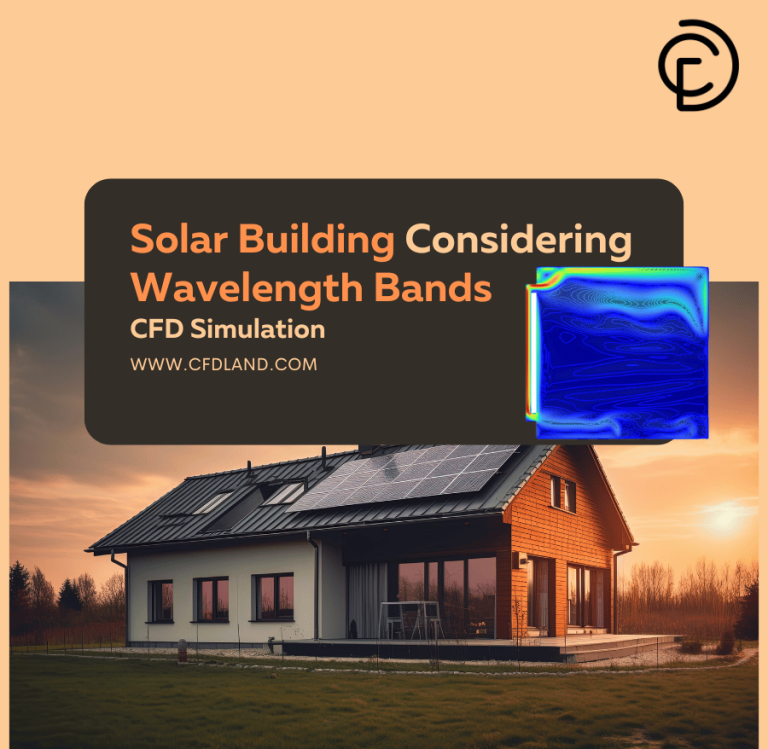

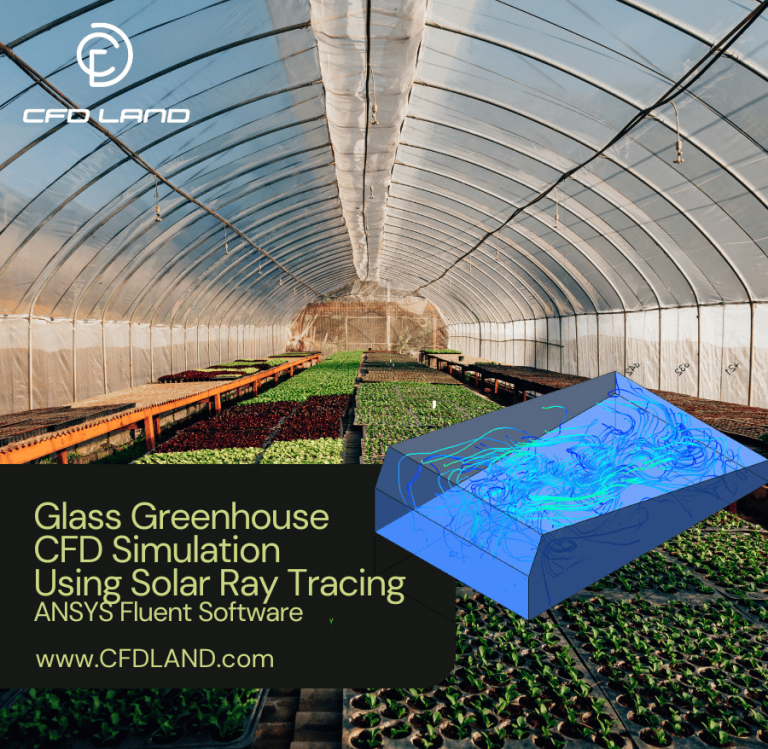
Reviews
There are no reviews yet.